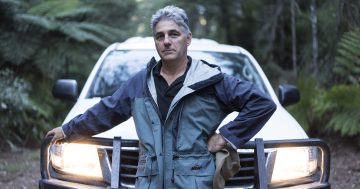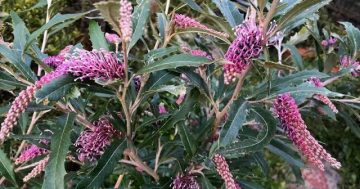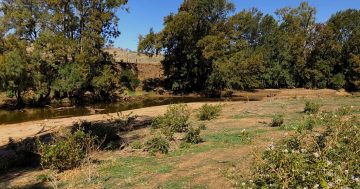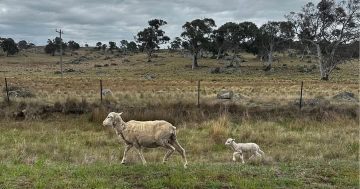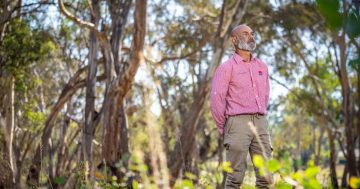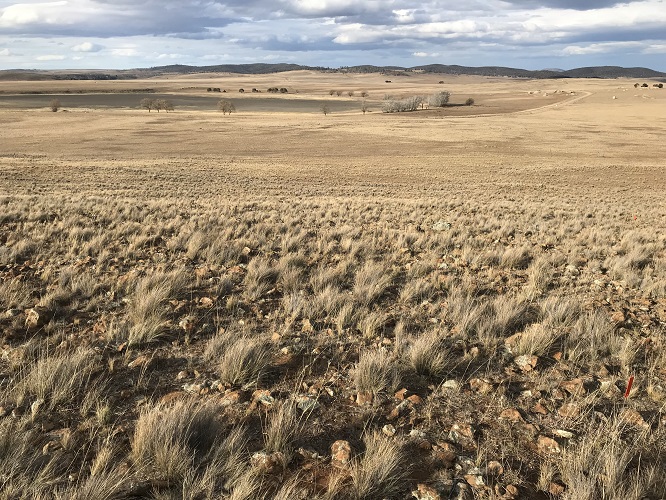
Native pasture near Bobundara. Photo: David Eddy, Local Land Services.
Native grasses are a key component in building a sustainable farming future according to one of the region’s expert land managers.
David Eddy, Senior Land Services Officer with South East Local Land Services has been mesmerised by big open spaces since his days bushwalking and camping as a boy with his nature-loving, country raised parents.
“It seemed to me that native vegetation was the thing that made Australia look like Australia,” he says.
“And I became interested in how you could run agriculture with native vegetation.”
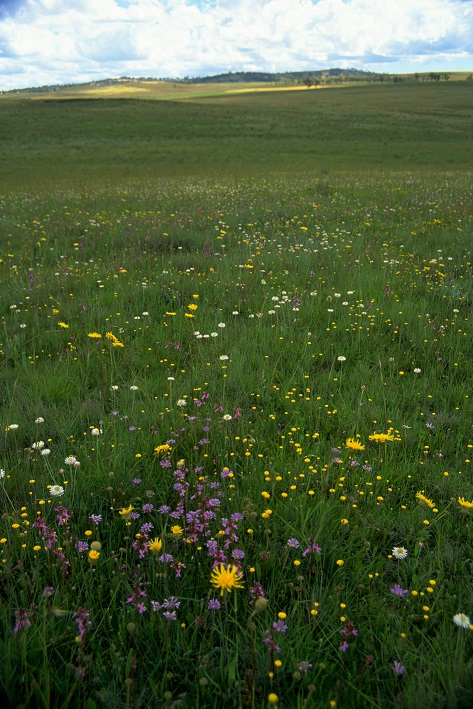
High conservation value grassland on Dry Plains. Photo: David Eddy, Local Land Services.
As awareness about dry times and the need to manage land differently grows, Dave is confident an appreciation and respect for native grass, particularly across the Snowy Monaro is also developing.
In a landscape shaped and scared by European settlement, recognising native grasses – some of which are classified as critically endangered ecological communities, can be difficult in a mix of exotic species.
Dave says Kangaroo Grass is a good indicator species, “it’s a Gondwarna species so it’s even found in South Africa, but it’s widespread across Australia.”
“It’s one of the natural dominant species and really stands out when its in flower. If you see Kangaroo Grass than that gives you some idea that the area is of value.
“It should make you think – okay we need to move carefully in this area and get some advice.”
As an aside the South African’s call Kangaroo Grass – Red Oak Grass.
Dave says he’s happy to see the awareness of native grasses and herbs, “snowball” in his thirty plus years in the field.
“Let’s face it if you think back far enough our pastoral industries in Australia, that are so heralded in folklore, they were built entirely of native pastures.”
“We have something like 1000 species of native grass in Australia.”
The drive to increase production and the challenges of working with the relatively poor soils of our old continent led to those species and their agricultural use being superseded by more productive introduced pastures for grazing and cropping.
“There is some merit in that but when you start simplifying highly complex systems you can end up with natural systems that don’t stand up for long or take a lot of money to run, rather than a natural system that can run indefinitely if it’s managed the right way,” he says.
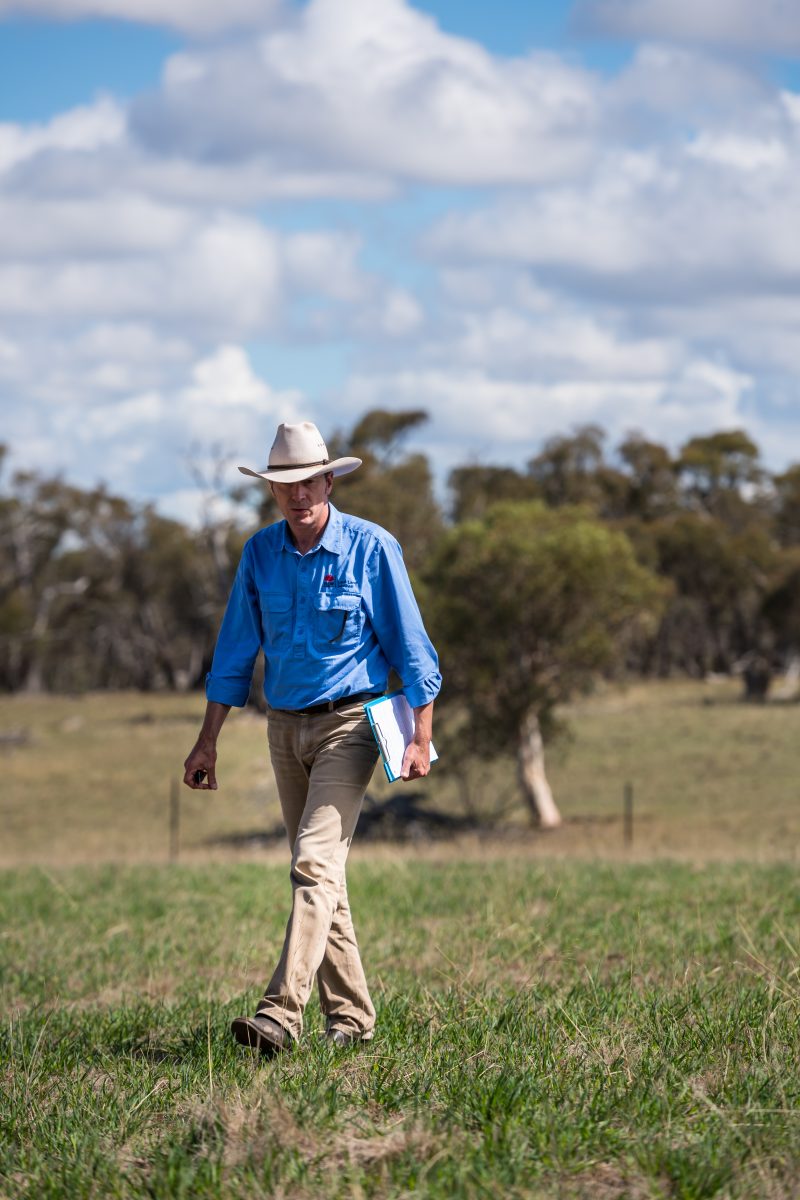
David Eddy, Senior Land Services Officer, South East Local Land Services. Photo: Rachel Gordon/Local Land Services.
“So while the native systems might not always support high levels of production – they are much cheaper to run, and there is no risk of losing them in a drought. That’s why they worked for 100 years plus before we started replacing them with agricultural vegetation.
“In the last decade or two, more people are trying to increase the diversity of species in those systems again, which makes those systems more robust.
“If we can have systems with 50 or 100 grass species or more, we can increase the feed potential and value – and they respond to rain very quickly but there is so much about these species we don’t know.”
Before Arthur Phillip dropped anchor in Botany Bay, Aboriginal people manged the Snowy Monaro with fire.
“They used some of the plants for medicine and food,” Dave says.
“And there were a lot more native animals in these systems in those days which certainly contributed to their ecological function.
“It was a thriving ecosystem of plants, birds, reptiles and animals that has been disturbed to a fair degree now. So in a way, we have to try and now mimic those pre-European processes.”
Dave believes the opportunity to restore and work with the environment is still there but, “there is this tug-of-war between the desire to go down the high production agricultural route and the desire to go down the more sustainable route and see value beyond just being feed.”

Native grassland and woodland near Eucumbene. Photo: David Eddy, Local Land Services.
“One example of the more sustainable route, here on Monaro people have started to do things like dividing large paddocks into smaller paddocks.
“Where they can put animals into a part of the landscape for a while and then they can move them on to a different part of the landscape and out of grazing pressure and even rest pastures.”
There are a raft of other measures Dave is enthusiastic to share and see benefiting the farming families that oversee the local environment.
“And people need to know that the same approvals are required to clear native grasses that are required to clear trees, shrubs and more woody vegetation,” he says.
“Come to LLS if you want to understand any of these issues – if you want to do some sort of development, or if you want to conserve something, or understand how to manage land better – that’s what we are here to do.”
Get in touch via the South East Local Land Services website.







